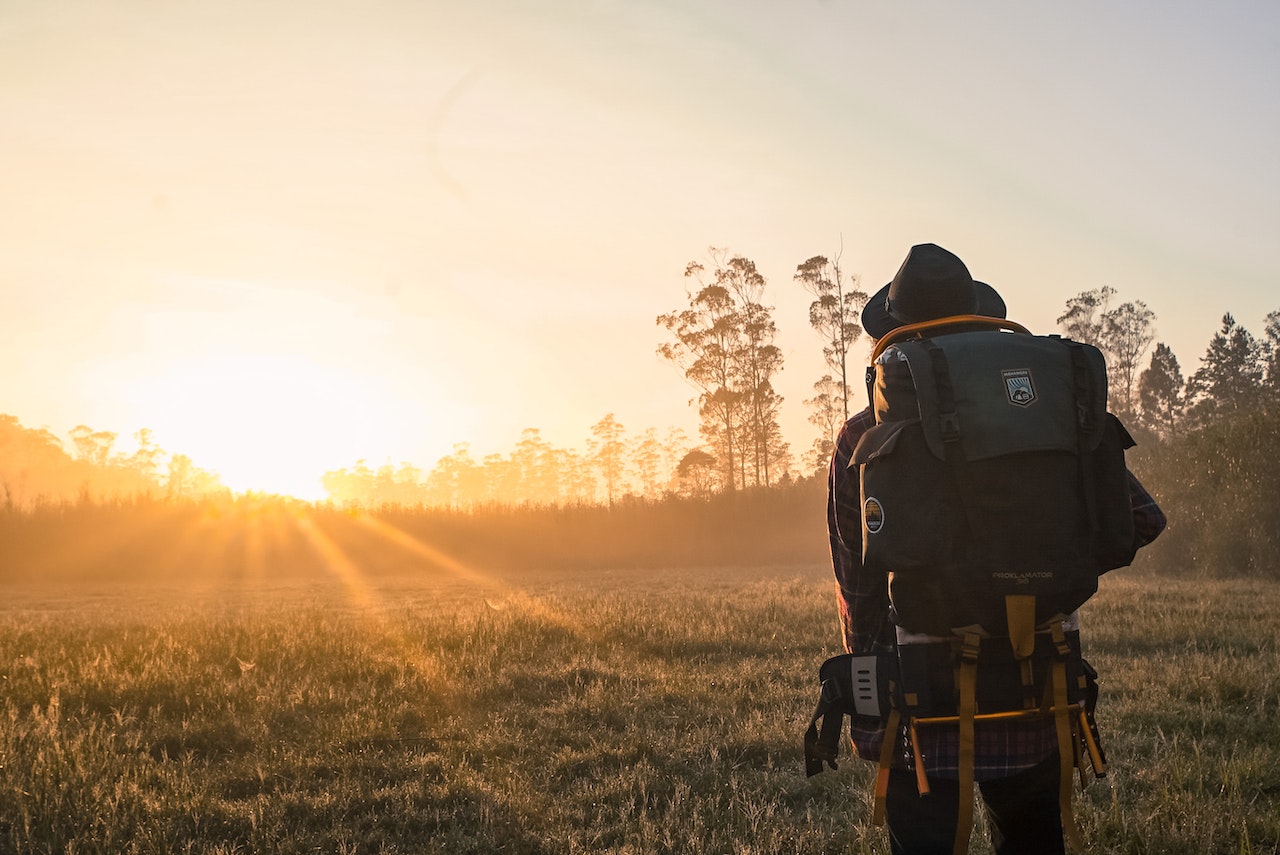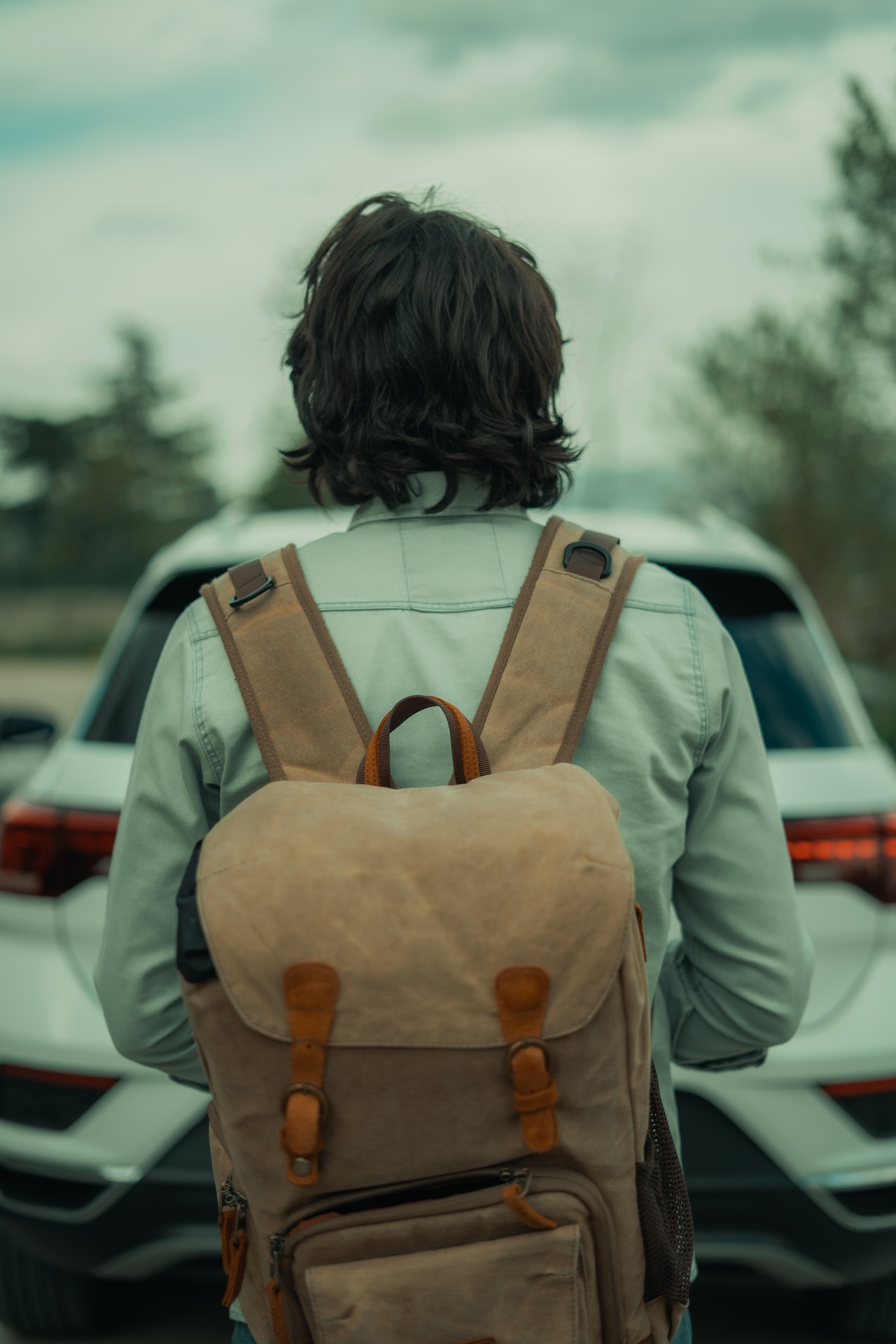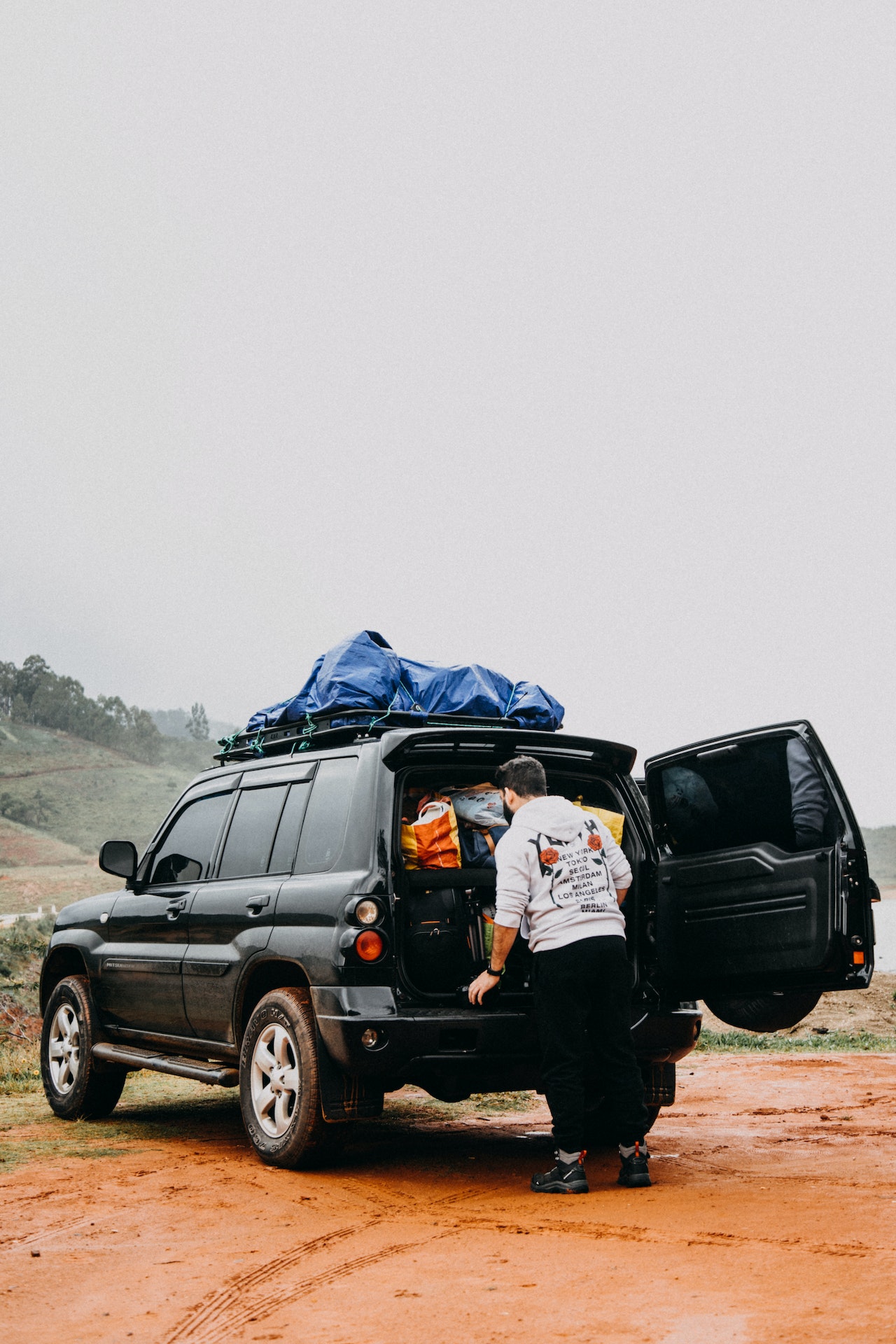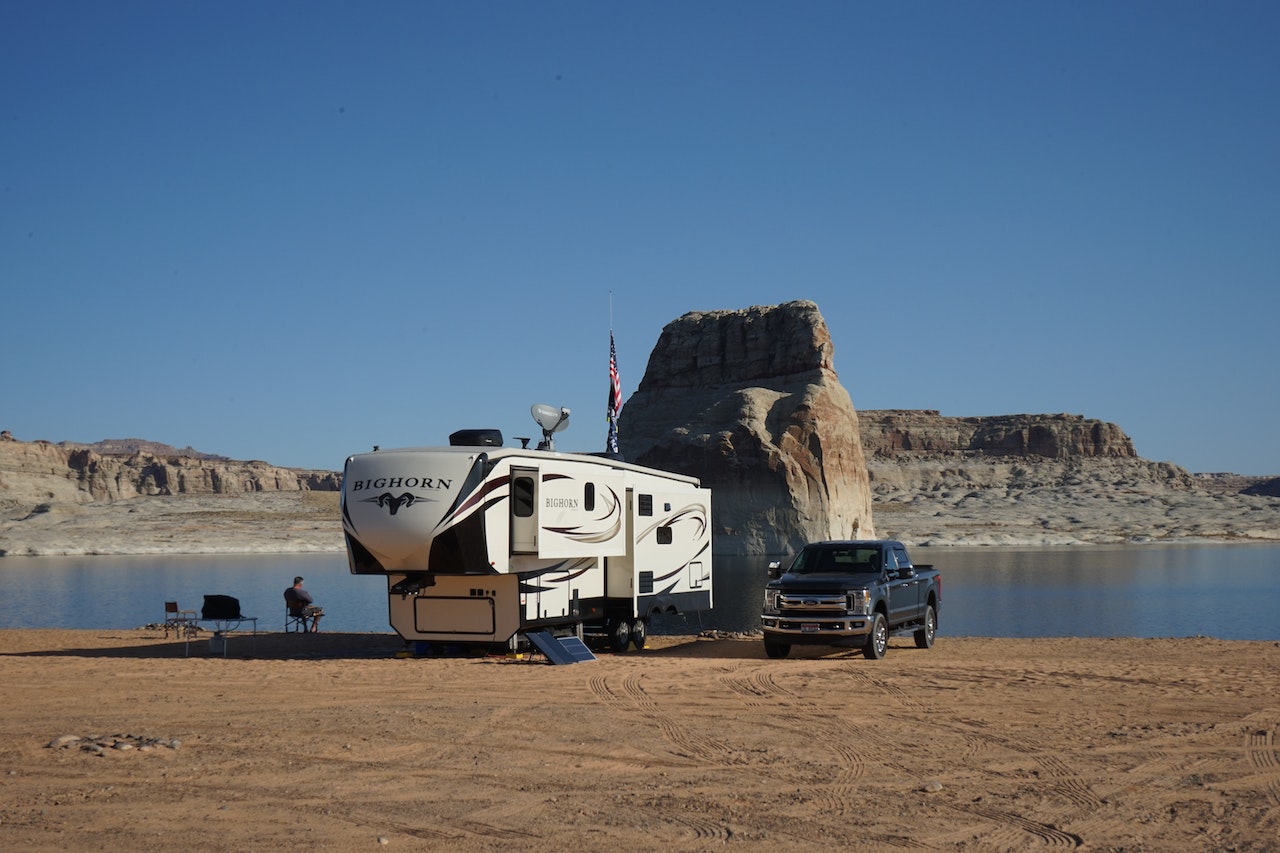Photo by: Kun Fotografi Source: Pexels
Emergencies are unpredictable. While we never anticipate having to face them, being prepared for any sudden or unexpected situation is a wise decision. One such preparation is having a Bug-Out Bag (BOB). Considered by many as the cornerstone of personal preparedness, a BOB is more than just a backpack—it’s your lifeline in dire situations.
The Concept and Purpose of a BOB
A Bug-Out Bag, sometimes referred to as an emergency go-bag, is designed to contain everything you might need to survive for at least 72 hours when evacuating from a disaster. The term “bug out” stems from military slang, meaning to retreat. Over the years, it’s become synonymous with civilian emergency preparedness.
While many of us are confident about our ability to cope at home, what if home is no longer safe? From natural disasters to power outages to civil unrest, there are numerous scenarios where staying put becomes untenable. This is where your BOB comes into play. It’s not about preparing for the apocalypse, but about being ready for real-world scenarios.
Essential Components of a BOB
Water Purification:
- Bottled Water: At least a three-day supply, which equates to one gallon per person per day.
- Water Filters and Purifiers: These are essential for sourcing water from untrusted sources.
- Water Purification Tablets: A lightweight backup for your filtration system.
Non-perishable Food:
- Energy Bars: Packed with calories, they’re a compact source of energy.
- Ready-to-Eat Meals (MREs): Used by the military, these provide a lot of calories and require minimal preparation.
- Trail Mix and Nuts: Dense in energy and nutrients.
First Aid Kit:
- Basic Supplies: Bandages, gauze, antiseptic wipes, adhesive tape, scissors, tweezers, and pain-relief medication.
- Personal Medications: A three-day supply of any prescription medications you require.
- Compact First Aid Guide: For addressing injuries you’re unfamiliar with.
Multipurpose Tools:
- Swiss Army Knife or Multi-tool: Can help with tasks from cutting to screwing to opening cans.
- Compact Shovel: Useful for digging, say for sanitation or shelter.
Clothing:
- Spare Clothes: Including underwear, socks, and durable outerwear.
- Weather-appropriate Gear: Think rain ponchos for the rainy season or a warm hat for winter.
Shelter:
- Tents: Compact, lightweight tents that can be swiftly set up.
- Tarps: Multi-use, they can act as a ground cover, rain catchment, or makeshift shelter.
Communication Devices:
- Hand-Crank Radio: Stay updated with news and emergency broadcasts even when batteries or power sources fail.
- Whistle: A simple tool for signaling in case of danger or getting lost.
Navigation Tools:
- Maps: Local area maps can be invaluable if you need to find alternative routes.
- Compass: Basic navigation, especially when paired with a map.
- GPS Devices: Though they rely on batteries, they can be a modern complement to traditional navigation.
Personalizing Your BOB
Individual Medical Needs:
If you have specific health concerns or needs, such as diabetes or allergies, ensure your BOB has what you need. From extra insulin to EpiPens, personal medical supplies are crucial.
Family Members:
- Children: If you have infants or children, consider their needs. Baby food, diapers, comfort items—like a favorite toy—can be vital.
- Pets: Many of us have pets. They too require food, water, and other specific care items.
Region-Specific Gear:
If you’re in a coastal region, you might need waterproof bags or even a life jacket. Desert dwellers might prioritize sun protection, while those in colder regions might focus on insulation and warmth.
Maintaining and Updating Your BOB
A BOB isn’t a “create once and forget” item. As your situation changes—whether it’s family members, location, or health—a regular review ensures your bag remains relevant.
Replace expired food and medication. Check the gear for wear and tear. Batteries corrode, water containers leak, and clothing might no longer fit. Aim for a full review every six months.
Conclusion:
Building the ultimate Bug-Out Bag is an ongoing process of preparedness, adaptation, and updating. Tailored to your needs and regularly maintained, it can provide peace of mind and crucial support in the face of adversity. While we hope never to need it, a well-prepared BOB can be the difference between safety and suffering.



